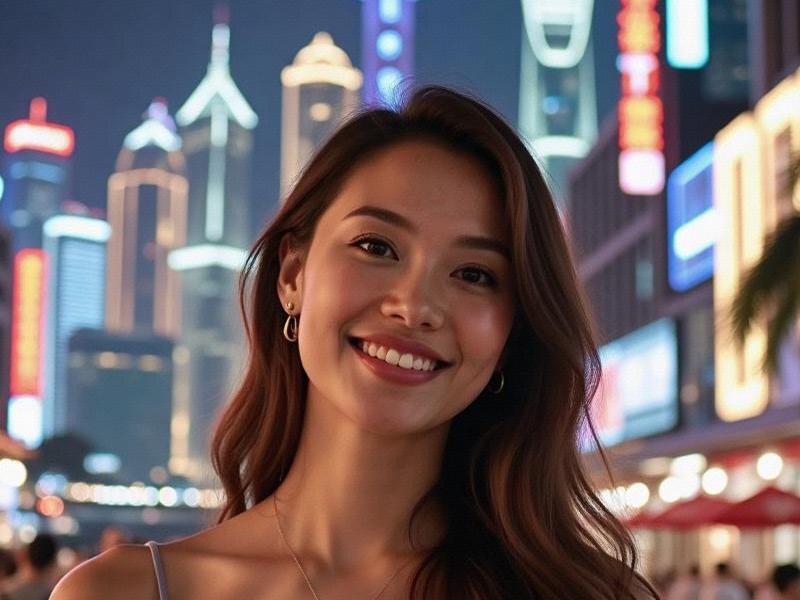
The Shanghai Aesthetic Revolution
The morning crowds at Xintiandi's chic cafes reveal a fascinating phenomenon - women who effortlessly pair tailored cheongsams with designer briefcases, others who mix traditional jade jewelry with contemporary streetwear. These are the faces of modern Shanghai, embodying a beauty standard that's rewriting global perceptions of Chinese femininity.
Section 1: The Historical DNA of Shanghai Beauty
Tracing the evolution:
- The "Paris of the East" legacy from 1920s treaty port era
- Socialist era's practical yet dignified femininity
- Post-reform opening's infusion of global influences
- Digital age's democratization of beauty standards
上海龙凤419社区 Section 2: The Professional Beauty Paradox
How career women balance expectations:
- 67% of Shanghai's female executives maintain polished appearances
- The rise of "power skincare" routines for stressed professionals
- Office fashion that blends authority with femininity
- "Conference Room to Cocktail Hour" quick-change culture
Section 3: The Beauty Economy
Shanghai's thriving industry:
上海花千坊龙凤 - $3.2 billion annual spend on beauty products
- Growth of homegrown cosmetic brands outperforming international labels
- High-tech beauty clinics offering non-invasive treatments
- Traditional Chinese medicine's resurgence in skincare
Section 4: Cultural Confidence in Appearance
Modern interpretations of tradition:
- Young professionals reviving hanfu styles for daily wear
- Contemporary cheongsam designers gaining global recognition
- Fusion makeup looks blending Chinese and Western techniques
上海娱乐 - Social media influencers promoting cultural authenticity
Section 5: The New Role Models
Changing faces of inspiration:
- Female scientists becoming unexpected beauty icons
- Athletes redefining standards of physical beauty
- Artists using their platforms to challenge stereotypes
- Ordinary women gaining followings for their authentic styles
As Shanghai cements its position as China's global city, its women are leading a quiet revolution - one that celebrates intelligence as much as appearance, tradition alongside innovation, and local roots with global perspectives. Their version of beauty isn't about conforming to standards, but about setting new ones that reflect China's complex modern identity.
